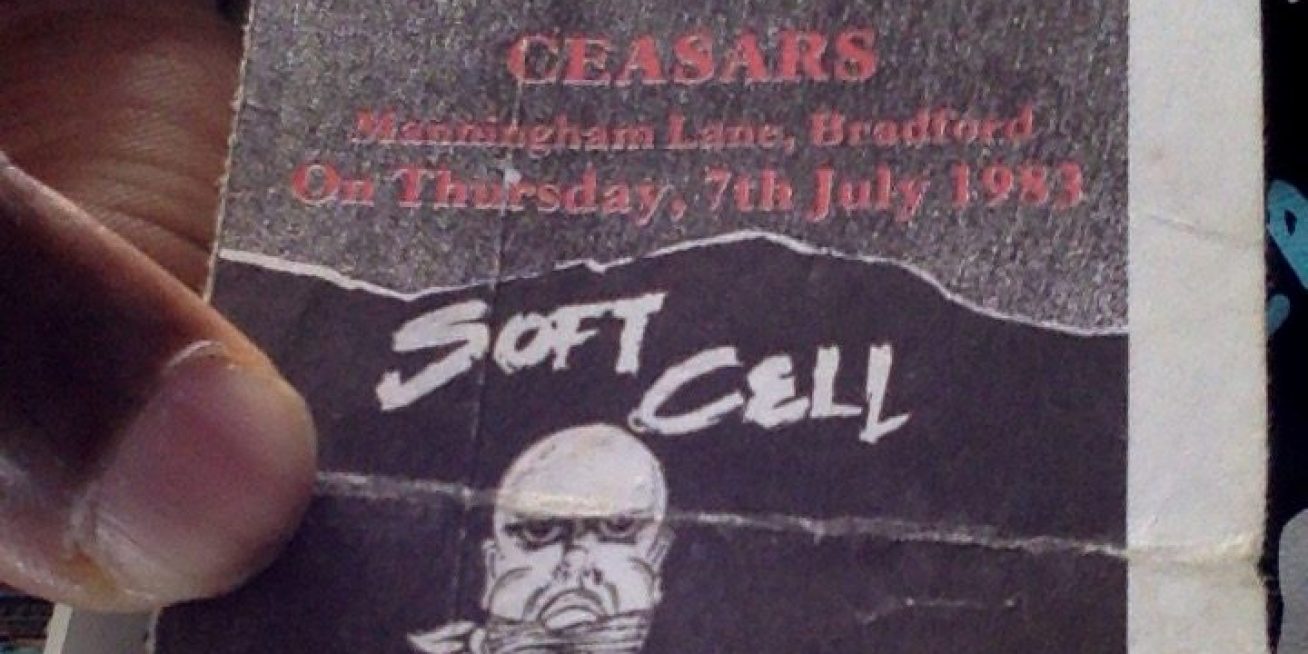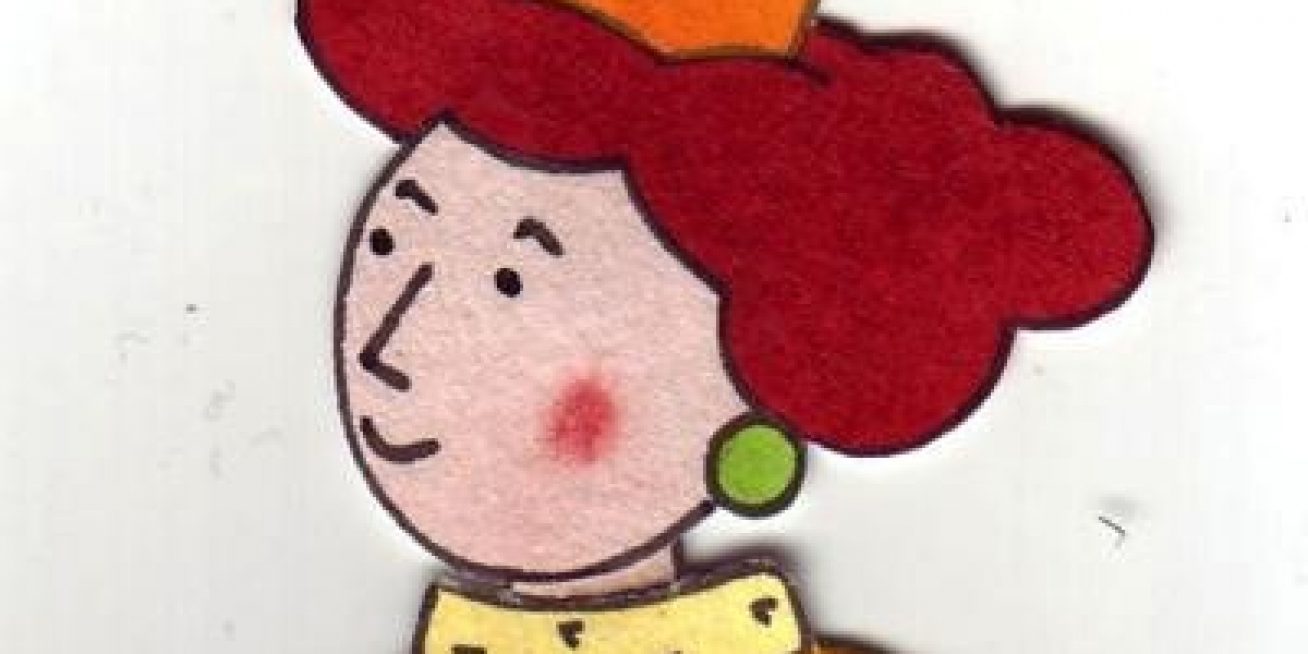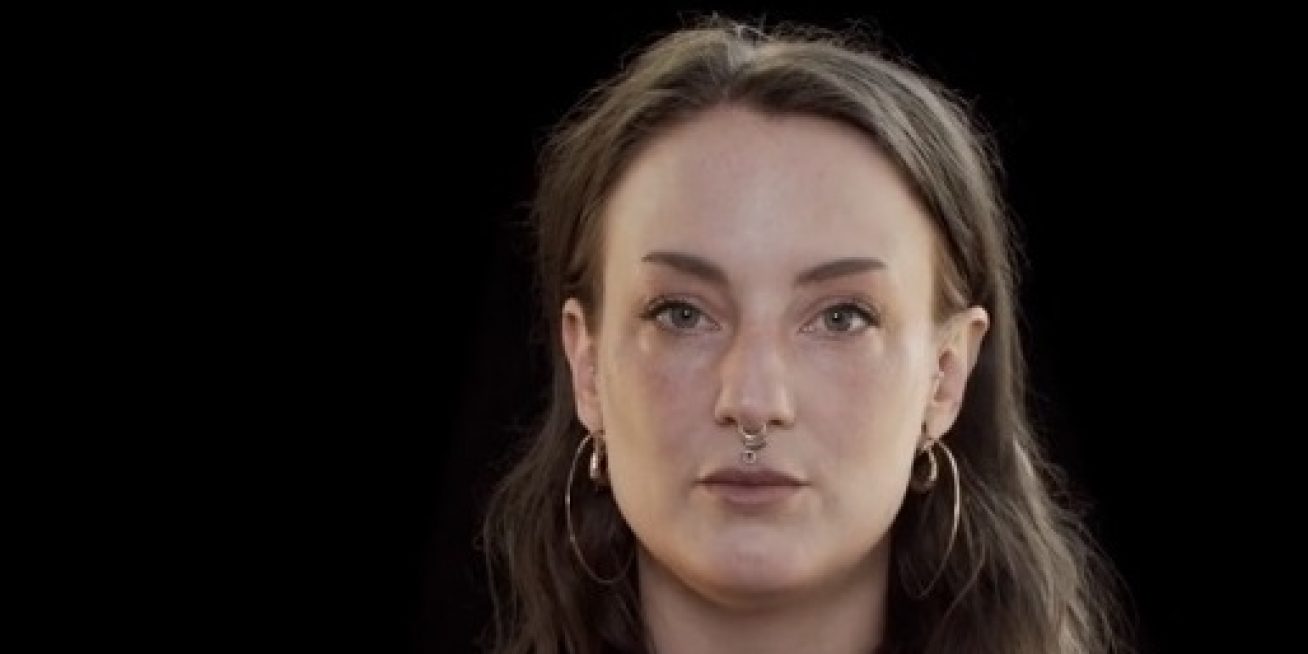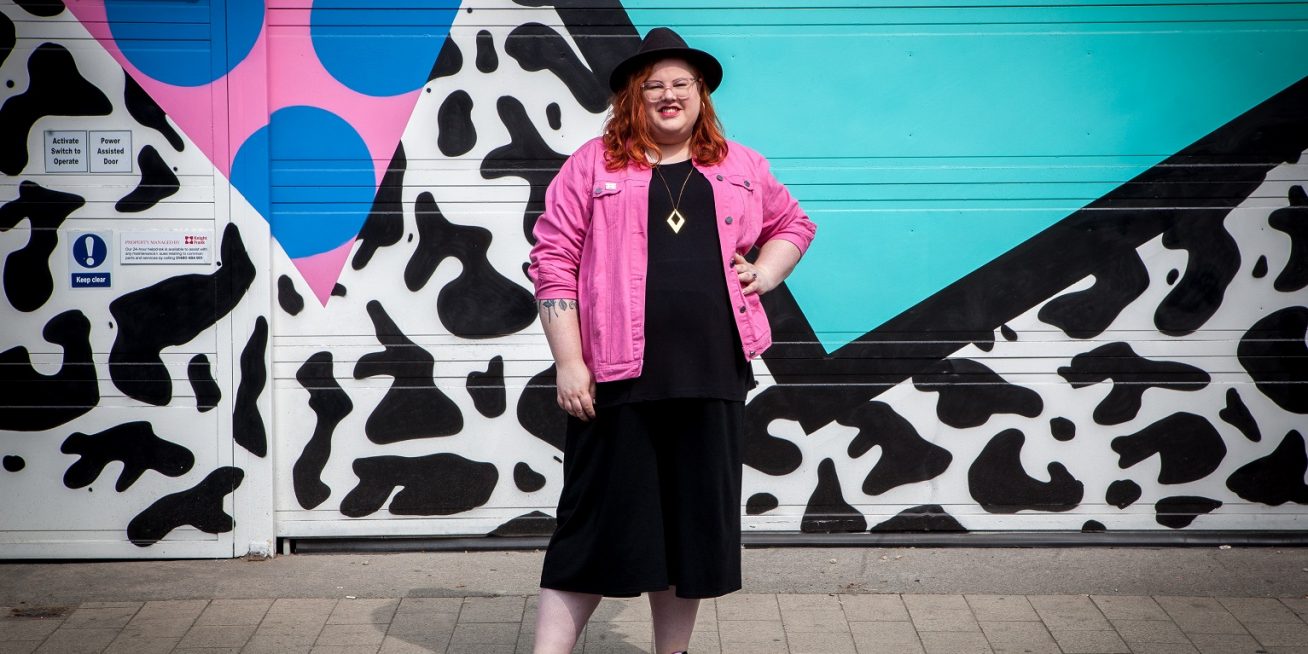Exploring gender through dance
Wieke Eringa talks about the positive relationship between an international dance project 'Performing Gender' and the Leeds-based 'Gender Moves', which featured members of the local LGBTIQ+ community.
TRANSCRIPT
WIEKE: Yes, so what happened was Performing Gender was this international thing. We had money for a local dance artist and a local dramaturg and myself to be involved and I realised if we didn't do anything locally it wouldn't have a big impact so we worked locally with organisations, we rang a whole bunch of organisations, MESMAC included, and we, we set up a project supported by Leeds Inspired to work with a local LGBT community through dance around issues of embodiment, mental health, physical health, happiness, joy through movement and really explore, explore, all of that –[Sound of door opening]
WIEKE: Sorry the door keeps opening – with the local community, so, we framed it around the two visits by the international project. So that when the international people came here the local people could get the most out of that exchange and that the international artists – so there were five international artists – could get the most out of that exchange with local people. So we had a kind of like, what we like, a 'create' phase in the spring, then we had a pause – no we had an 'explore' phase in the spring when the international artist first came, and then we had, after the summer, we had a 'create' phase. And when the piece of work with the professional dancers was presented – before – on the same day – the piece of work with the local LGBT community was presented.
And it feels like from the evaluation there was a lot of joy out of the exchange and a lot of connection by the LGBT people taking part with the international work and element. So from that point of view for me it was super successful. As for my – it so happens that all the other panel organisations also ended in Leeds on the first of June so they saw the first – the Gender Moves people being part of the audience and they were just really astonished by how articulate the audience were, how engaged, how diverse the audience was because we really had reached out to the trans community and to the older LGBT [unclear] older community, older people. So yeah it felt like a really diverse group of people in the audience watching the work so that was really exciting.
INTERVIEWER: Fabulous. And I just wondered if you could tell a bit more about the piece that the participants created?
WIEKE: Yeah, now that's interesting because I probably am quite superficial on that because Kirsty Redhead is the – she would be able to tell you much more about that. So what they did is they worked with local artists. We had a big discussion about who leads this kind of stuff because there are certain elements, certainly for the trans community, who say that they will only turn up if trans people are leading which if you are dealing with a highly specialised art form and contemporary dance is quite hard to find somebody in Leeds, you might find somebody in London, but, so we worked with local artists Phil Sanger and Fernanda Prata who have both got a real interest in gender and Phil identifies as gay – gay, make up. So we wanted to at least make sure there were two genders present and they led the group through a series of whole like discussions and exercises and ideas but it was really the group's proposal and their interests that created the piece. And what was nice about it is that there was elements of visual art, so one of the members brought this whole idea of a piece of canvas at the back that was being painted on whilst the project was developing, whilst the dance [unclear] – and there was also film. There was some really interesting collaboration with the film, or sort of like proposals through film.







